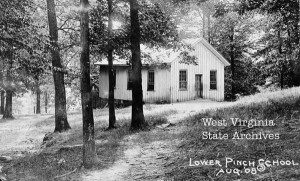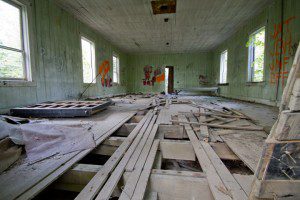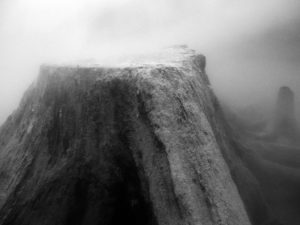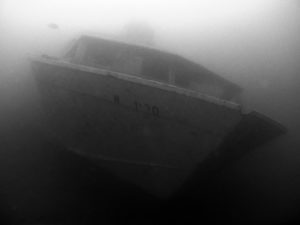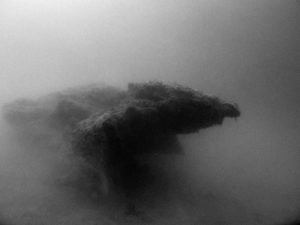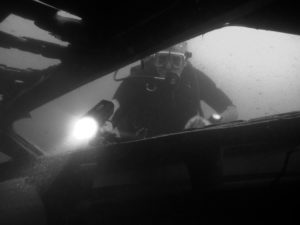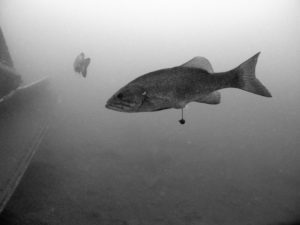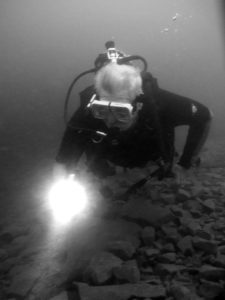 Growing up, my best friend in elementary school lived just down the street. He had this huge tree in his front yard. I will never forget spending a couple hours one afternoon raking the leaves into an enormous pile for our jumping pleasure. In hindsight, we probably spent more time raking than we actually did playing, but I guess that was part of the process. It definitely ended up being hard work; after we were done, we had to pick up all of the recently compacted leaves and spread them on their garden for compost.
Growing up, my best friend in elementary school lived just down the street. He had this huge tree in his front yard. I will never forget spending a couple hours one afternoon raking the leaves into an enormous pile for our jumping pleasure. In hindsight, we probably spent more time raking than we actually did playing, but I guess that was part of the process. It definitely ended up being hard work; after we were done, we had to pick up all of the recently compacted leaves and spread them on their garden for compost.
In some ways, when we rake leaves and they jump in, it’s a very different experience than what I remember. For my daughters, it is more of a process of jumping in the leaves to get just the right pictures of them jumping in the leaves, as compared to my own experience of raking and jumping for the experience of jumping in leaves. A lot of that is probably my fault because I do tend to pull out the camera whenever they do something picturesque. It becomes a conditioned response to smile and perform for the camera.



